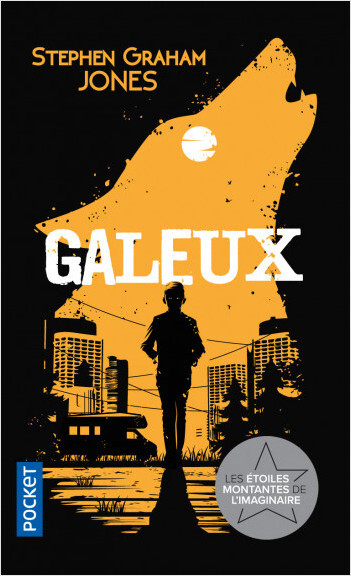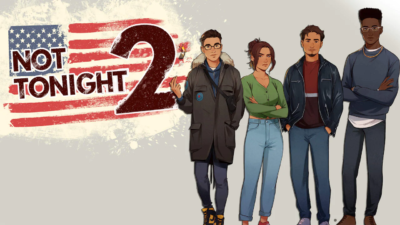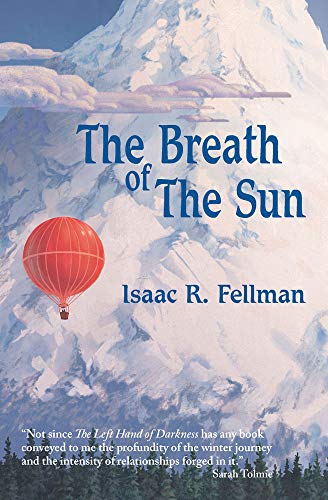There are those authors you wish you could translate, and Stephen Graham Jones is one of them for me. I discovered his work during my internship at the éditions Rivages in 2021: they asked for my thoughts on The Only Good Indians, and whether we should translate it. I was both convinced and enthusiastic: this tribute to slasher movies dealing with what it means to be an Indian today is a gem, as raw in its tone as it is refined in its language. Roughly a year later, the deed is done: Un Bon indien est un indien mort has been published, and the French press loves it.
Category: commentaries
In which I discuss my translations and those of others.
#L10n
This cryptic title is the abbreviation used for the activity I’ve been busy with for the past months: localisation (L + 10 letters (count them!) + n — clever, innit?) But what is localisation? Mainly, it is the name given to software, videogame and website translation. Why a different name? Because although localisation is a form of translation, with all the cultural adaptation it entails, it has technical specificities which I will discuss briefly.
Hallowed be Their name
On this blog, I would like to write about the translations I’m working on, both to show how the sausage is made and to bring myself to explain my translation decisions. This way, I’ll be able to further convince myself — and maybe you too — that they are relevant. (At a given time, of course: you always find fault with a translation you come back to later on.)
I’ll start then with the translation I’ve worked on for my Master’s degree: The Breath of the Sun (Aqueduct Press, 2018), by Isaac Fellman. There were several difficult aspects to this book, and I wasn’t sure which part to present here. The short-lived (and dishonest) crusade against the French neutral pronoun “iel” (which you can read about here) helped me decide, since I did use the infamous pronoun in my translation.



